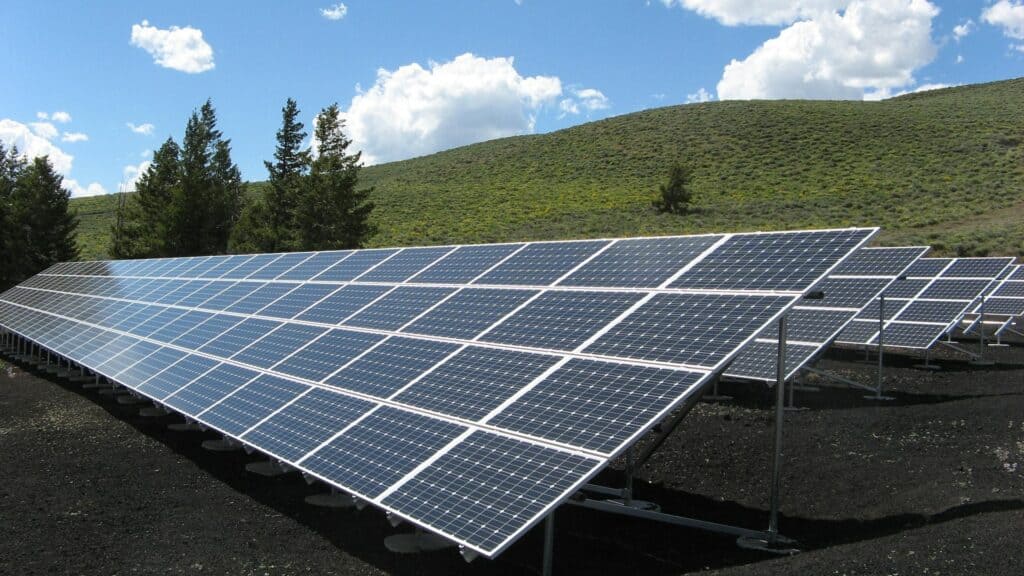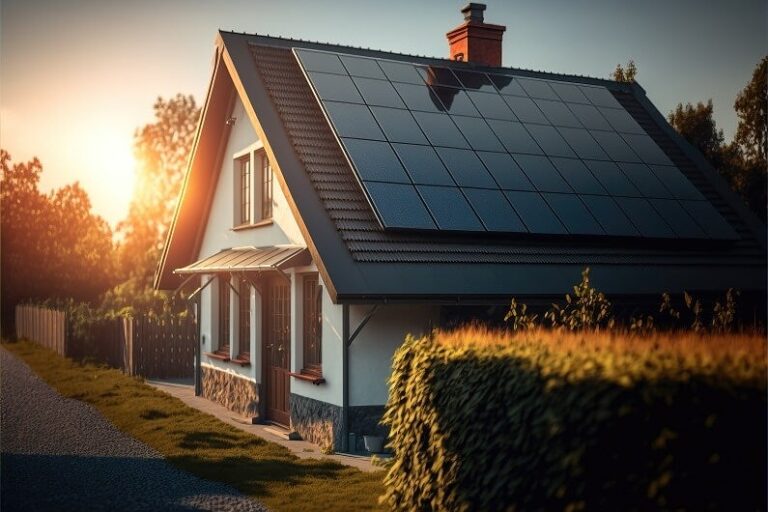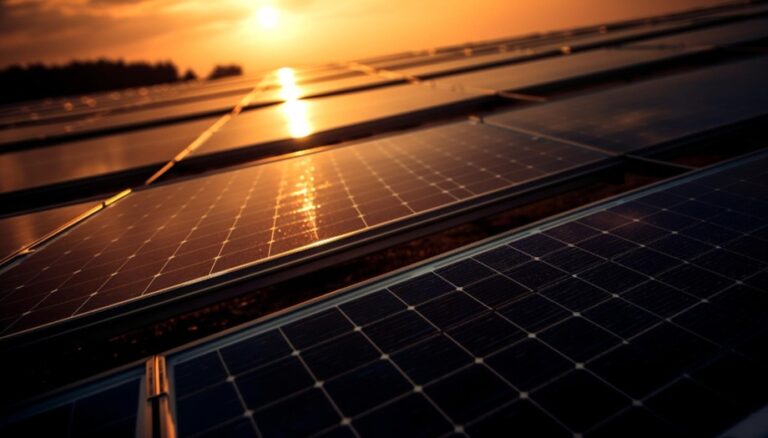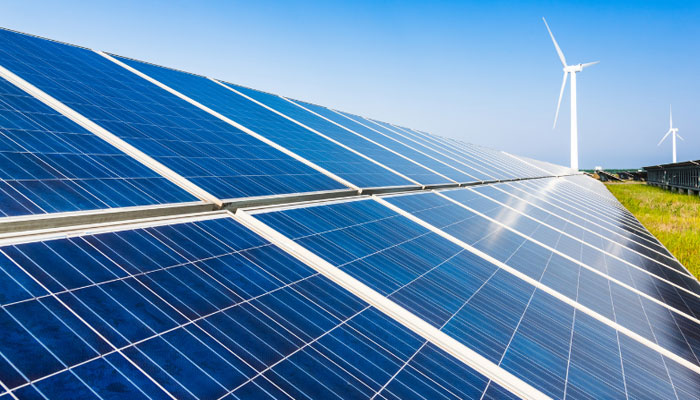How Solar Panels Work: A Comprehensive Guide to Photovoltaic Technology
In today’s world, where sustainability is paramount, solar panels have emerged as a leading technology in renewable energy. Understanding how solar panels work is essential for grasping their significance in combating climate change and reducing dependence on fossil fuels. This comprehensive guide aims to delve into the intricacies of photovoltaic technology, shedding light on its operation, benefits, and future prospects.
Defining Solar Panels
Solar panels, also known as photovoltaic (PV) panels, are devices designed to convert sunlight into electricity through the photovoltaic effect. This process involves the generation of electric current when sunlight strikes the semiconductor material within the panels.
Relevance and Importance
The importance of solar panels lies in their ability to harness a clean and abundant source of energy: sunlight. Unlike fossil fuels, solar energy is renewable and emits no greenhouse gases during operation, making it a crucial component of sustainable energy systems.
Types and Categories
Solar panels come in various types and categories, each offering unique advantages and applications.
Monocrystalline Solar Panels
- These panels are made from single-crystal silicon, offering high efficiency and space efficiency.
- Due to their uniform structure, monocrystalline panels are easily recognizable by their dark color and rounded edges.
Polycrystalline Solar Panels
- Polycrystalline panels are composed of multiple silicon crystals, resulting in a speckled blue appearance.
- While slightly less efficient than monocrystalline panels, polycrystalline panels are more cost-effective to produce.
Thin-Film Solar Panels
- Thin-film panels utilize layers of semiconductor materials such as cadmium telluride (CdTe) or copper indium gallium selenide (CIGS).
- These panels are lightweight and flexible, offering versatility in installation and application.
Bifacial Solar Panels
- Bifacial panels can capture sunlight from both the front and rear surfaces, maximizing energy production.
- By utilizing reflected light, bifacial panels offer increased efficiency compared to traditional panels.
Symptoms and Signs
Understanding the symptoms and signs of solar panel operation is crucial for diagnosing issues and optimizing performance.
Reduced Energy Output
- A noticeable decrease in energy production could indicate shading, soiling, or malfunctions within the panels.
- Regular monitoring of energy output can help identify issues early and prevent further degradation.
Physical Damage
- Cracks, discoloration, or warping of solar panels may indicate physical damage caused by environmental factors or improper handling.
- Visual inspections should be conducted regularly to detect any signs of wear or deterioration.
Inverter Errors
- Inverter errors, such as frequency deviations or voltage fluctuations, can affect the efficiency of solar panel systems.
- Monitoring the performance of inverters and addressing any error codes promptly is essential for maintaining optimal operation.
Causes and Risk Factors
Several factors can influence the performance and longevity of solar panels, ranging from environmental conditions to system design.
Solar Irradiance
- The amount of sunlight received by solar panels, known as solar irradiance, directly impacts energy production.
- Factors such as location, time of day, and seasonality affect solar irradiance levels and must be considered during system design.
Shading
- Shading from nearby structures, vegetation, or obstructions can reduce the effectiveness of solar panels by blocking sunlight.
- Proper site selection and shading analysis are essential for minimizing shading effects and maximizing energy yield.
Temperature Effects
- High temperatures can reduce the efficiency of solar panels by increasing internal resistance and decreasing voltage output.
- Proper ventilation and tilt angle optimization can help mitigate temperature-related losses and maintain performance.
Diagnosis and Tests
Diagnosing issues with solar panel systems requires a combination of visual inspections, performance monitoring, and diagnostic tests.
Visual Inspections
- Visual inspections involve examining the physical condition of solar panels, mounting hardware, and electrical connections.
- Signs of damage, soiling, or shading should be documented and addressed accordingly.
Performance Monitoring
- Performance monitoring tools, such as data loggers and monitoring software, track energy production and system performance over time.
- Analyzing performance data can help identify trends, anomalies, and potential issues requiring attention.
Diagnostic Tests
- Diagnostic tests, such as thermography and electrical testing, assess the health and integrity of solar panel systems.
- These tests provide valuable insights into the root causes of performance issues and inform maintenance and repair decisions.
Treatment Options
Addressing issues with solar panel systems often requires a combination of maintenance, repairs, and optimization measures.
Cleaning and Maintenance
- Regular cleaning of solar panels helps remove dust, dirt, and debris that can accumulate on the surface.
- Maintenance tasks, such as tightening electrical connections and inspecting mounting hardware, should be performed periodically to ensure system integrity.
Repairs and Replacements
- Repairs may be necessary to address physical damage, electrical faults, or component failures within solar panel systems.
- In cases of irreparable damage or degradation, component replacements or system upgrades may be required to restore performance.
Optimization Measures
- Optimization measures, such as tilt angle adjustments, shading mitigation, and inverter upgrades, can improve the efficiency and reliability of solar panel systems.
- Working with experienced solar professionals is essential for implementing optimization measures effectively and maximizing system performance.
Preventive Measures
Preventing issues with solar panel systems requires proactive maintenance, proper system design, and adherence to best practices.
Regular Inspections
- Regular inspections and maintenance checks help identify potential issues early and prevent costly repairs or downtime.
- Visual inspections should be conducted seasonally, with additional checks after severe weather events or other significant disturbances.
Proper System Design
- Proper system design, including site selection, shading analysis, and component sizing, is essential for maximizing energy yield and system longevity.
- Working with experienced solar professionals during the design phase ensures optimal system performance and reliability.
Education and Training
- Education and training programs provide homeowners and solar professionals with the knowledge and skills needed to maintain and troubleshoot solar panel systems effectively.
- Investing in ongoing education and training opportunities helps ensure the continued success and sustainability of solar energy initiatives.
Personal Stories or Case Studies
Real-life experiences and case studies offer valuable insights into the challenges and successes of solar panel adoption.
Case Study: Residential Solar Installation
- John and Sarah, homeowners in California, decided to invest in a residential solar panel system to reduce their electricity bills and carbon footprint.
- After conducting thorough research and consulting with solar professionals, they opted for a rooftop solar installation with monocrystalline panels and microinverters.
- Despite initial concerns about shading from nearby trees, the system performed well, exceeding energy production expectations and providing significant savings on utility bills.
- John and Sarah’s experience highlights the importance of proper system design, maintenance, and ongoing monitoring in maximizing the benefits of solar energy.
Expert Insights
Expert opinions from solar professionals offer valuable perspectives on the current state and future prospects of solar panel technology.
Dr. Emily Chen, Solar Engineer
- “Solar panel technology has advanced significantly in recent years, with improvements in efficiency, durability, and cost-effectiveness.”
- “Looking ahead, innovations such as bifacial panels, perovskite solar cells, and smart grid integration hold great promise for further advancing the adoption of solar energy.”
- “As we continue to address challenges such as intermittency and grid integration, solar panels will play an increasingly integral role in our transition to a sustainable energy future.”
Conclusion
In conclusion, understanding how solar panels work is essential for harnessing the full potential of solar energy and mitigating climate change. From their basic operation to diagnosis and treatment of issues, this comprehensive guide has explored various aspects of photovoltaic technology. By leveraging the benefits of solar panels and implementing preventive measures, individuals and communities can contribute to a cleaner, more sustainable energy landscape. As solar panel technology continues to evolve, the future looks bright for renewable energy and the planet as a whole.




